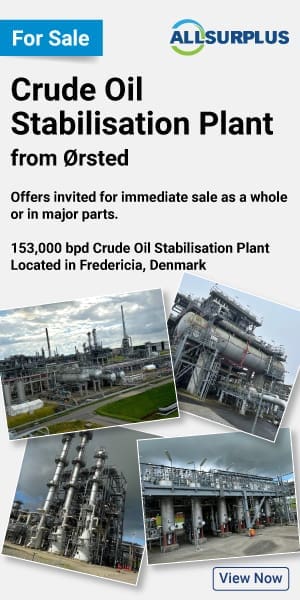In a move that undermines Europe’s upstream exploration, the region has leaned on the import of liquified natural gas from the United States. The decarbonization of the global energy sector has faced significant challenges in the past few months and years, prompting calls for fresh investment in the sector. For far too long, Europe has relied on imports of Russian energy, and a decrease in upstream exploration has resulted in Europe turning back to the reliable energy generation from LNG, undermining the global decarbonization ambitions set out during the Paris Summit in 2016.
Europe’s political leaders see the expansion of the renewable energy sector as an opportunity to decarbonize the sector
While Europe tries mightily hard to decarbonize the energy sector, along with the rest of the world, investments in upstream activity have decreased, leading to fears over new and potentially game-changing projects being sidelined.
In that regard, Europe has seen imports of gas via pipelines decreasing, prompting calls for fresh investment in the upstream sector on the continent. Gas is seen as a less harmful form of energy production than that of oil and coal, and serves as a great transition fuel while the renewable energy sector gains momentum.
The phasing out of Russian gas and coal has placed Europe in a precarious position
The EU Commission recently unveiled its plans to completely phase out Russian gas and energy by the end of the decade, with new regulations on upstream production being announced. While the new stance taken by the EU is commendable and an eventuality due to the continued Russian invasion of Ukraine, Europe’s upstream sector has not benefited yet.
The European energy sector has turned to the United States to compensate for a reduction in gas supply
Europe’s upstream market has struggled to compensate for the loss in supply from Russia, leading the majority of European nations to turn to the United States for LNG. EU imports of LNG will further increase from overseas following the EU-US trade deal, where the bloc agreed to buy $250bn of energy — including LNG — per year.
At a recent energy event in Italy, industry insiders noted that the end of Russian gas imports to Europe opens the door for the United States to increase exports of LNG to the European sector. However, some have pointed to a decrease in gas demand in Europe as the renewable energy sector gains momentum.
“Massively increasing LNG imports to satisfy the deal [EU-US] is unachievable. Europe’s gas demand is declining, and the market is unlikely to absorb excess volumes – Ana Maria Jaller-Makarewicz, lead energy analyst, at IEEFA
As the EU has mandated a 2028 deadline to completely phase out Russian gas, more work will be needed to diversify its energy sector as the cold winter months approach. The new EU regulations for gas imports may force a new approach to the deal between the region and the US gas suppliers, looking to take advantage of the situation.
“Given the EU’s dependence on foreign gas, it can never be complacent about its security of supply. And consumers do not have any affordability guarantees in the event of a major future shortage.” – Joāo Leāo, from the European Court of Auditors (ECA)
The European Union will need to follow the example set by the Middle East
If Europe aims to completely phase out Russian gas imports, it might want to follow the example set in the Middle East. Several nations have committed to investing billions in the upstream sector in the Middle East. Europe has become heavily reliant on the gas sector to meet a rise in energy demand as the winter months close in, and if it plans to completely phase out Russian imports by the end of the decade, it will need to invest in the upstream sector to enable a swift transition towards energy independence.






